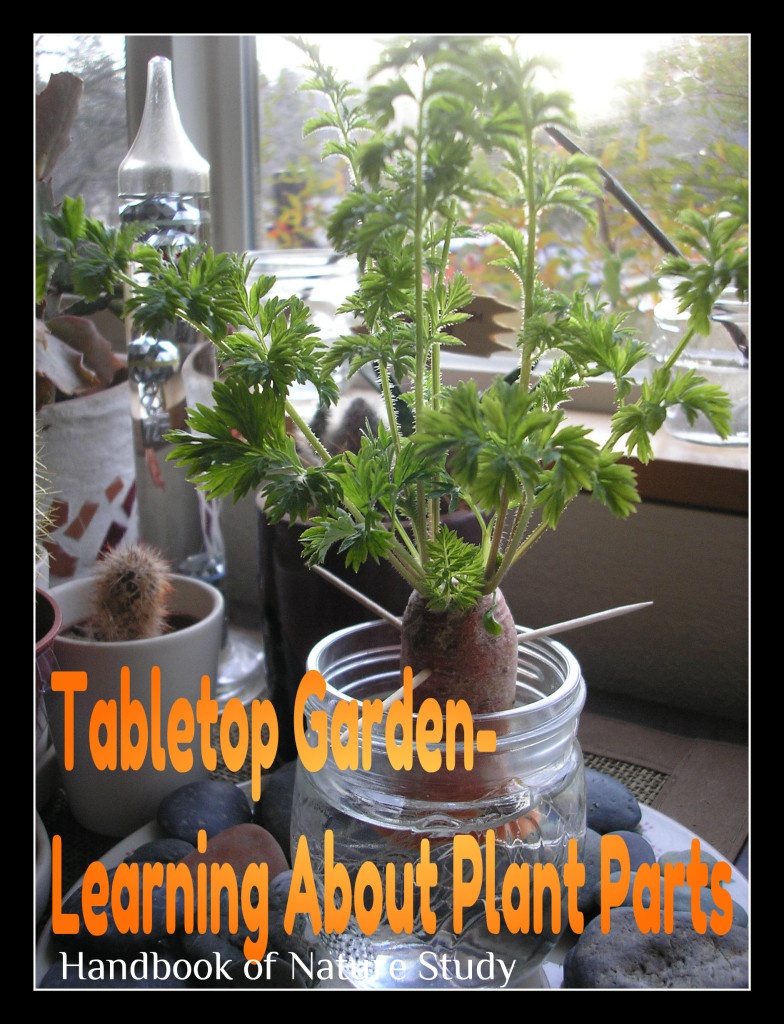January 2014
Nature Table Edition
Contents of this edition of the newsletter include:
- Five articles sharing various ideas for nature tables
- Nature book series review
- Spotlight family interview
- Winter Fun Study Grid and bookmark printable
- Four nature table printable idea sheets
- Recommended nature study links
Down a sample copy of this January 2014 Newsletter:
Handbook of Nature Study Newsletter – Nature Table (with the Winter Nature Grid printable).
Special Note –
Here on the Handbook of Nature Study we have weekly nature study ideas posted every Friday! You can subscribe to my blog to receive those in your email inbox.
Or, if you would like to have all the archived newsletters and ebooks (20 of them!), you can become an Ultimate Naturalist Member and have access to everything!
We will be working our way through the Winter Wednesday series of nature study ideas starting in January. This ebook includes premade notebooking pages for you to use with your family. It is included in the Ultimate Naturalist Library.










































